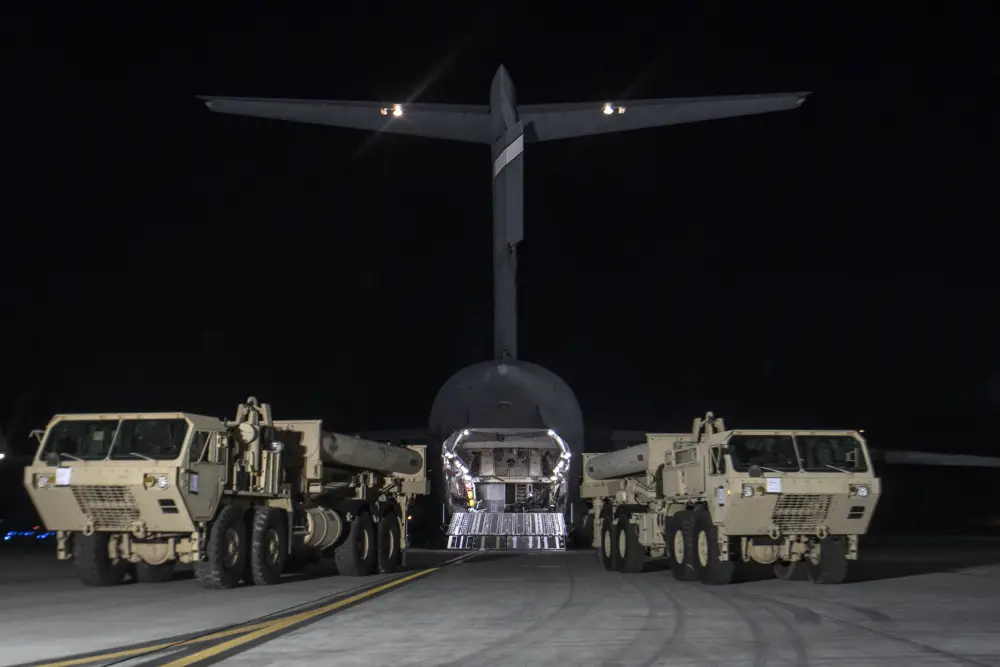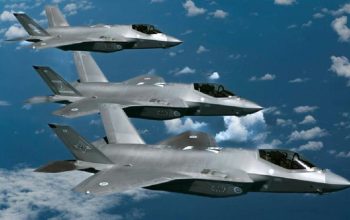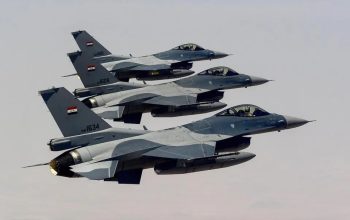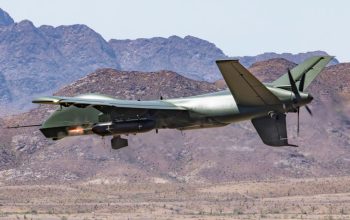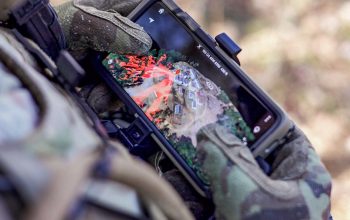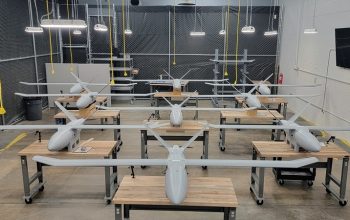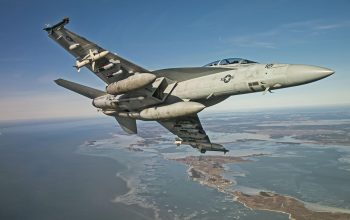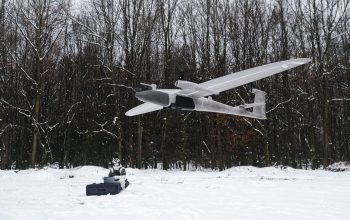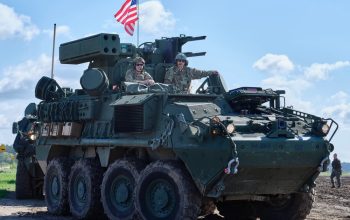The South Korean news agency Yonhap reported the United States Forces Korea (USFK) brought new interceptor missiles to replace expired ones in US THAAD missile defense base in South Korea’s Seongju on Friday. The ground transport operation, which began Thursday night, in a surprise overnight operation aimed at minimizing friction with local residents opposed to the base. Seongju residents are opposed to the stationing of the battery in their village, citing environmental and other concerns. They have often clashed violently with police as they tried to block new equipment and other supplies from entering the base, forcing the U.S. military to use air transportation to move supplies.
In July 2016, American and South Korean military officials agreed to deploy the THAAD missile defense system in the country to counter North Korea’s growing threats and use of ballistic missile and nuclear tests; each THAAD unit consists of six truck-mounted launchers, 48 interceptors, a fire control and communications unit, and an AN/TPY-2 radar. Seongju County in North Gyeongsang Province was chosen as a THAAD site, partly because it is out of range of North Korean rocket artillery along the DMZ. On 30 September 2016, the U.S. and South Korea announced that THAAD would be relocated to Lotte Skyhill Seongju Country Club, farther from the town’s main residential areas and higher in elevation, to alleviate concerns.
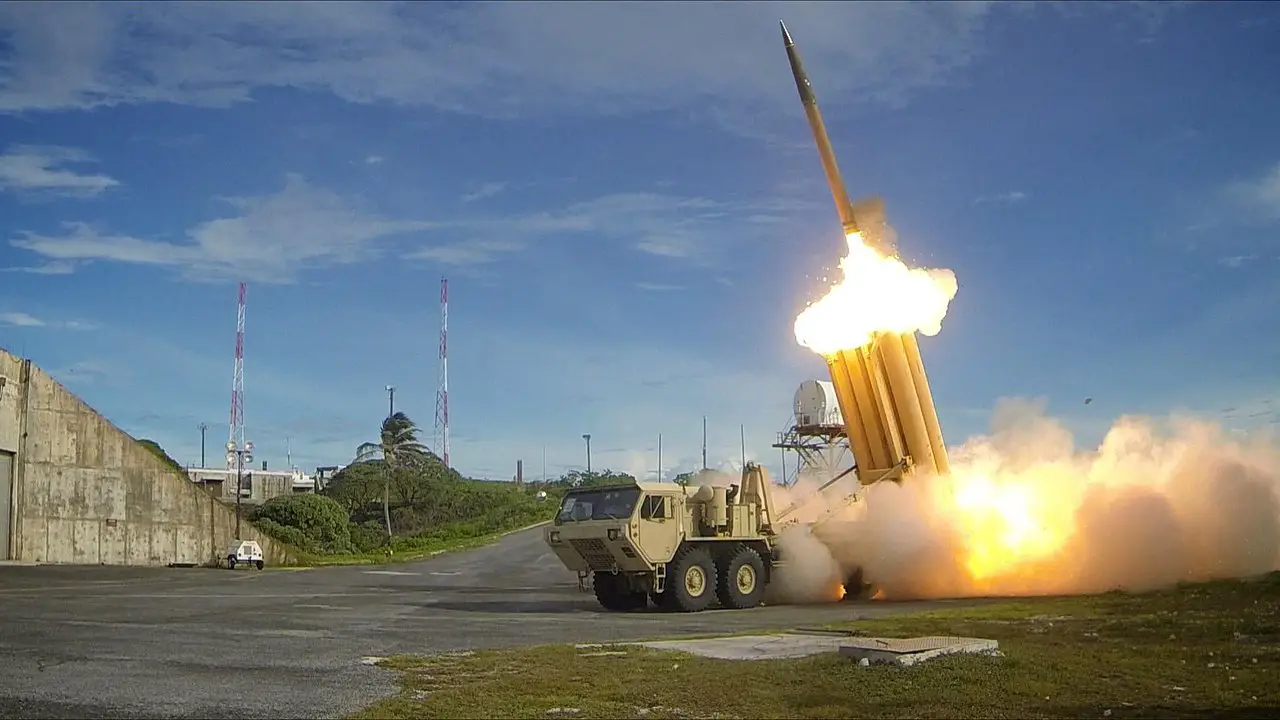
Terminal High Altitude Area Defense (THAAD), formerly Theater High Altitude Area Defense, is an American anti-ballistic missile defense system designed to shoot down short-, medium-, and intermediate-range ballistic missiles in their terminal phase by intercepting with a hit-to-kill approach. THAAD was developed after the experience of Iraq’s Scud missile attacks during the Gulf War in 1991. The THAAD interceptor carries no warhead, but relies on its kinetic energy of impact to destroy the incoming missile. A kinetic energy hit minimizes the risk of exploding conventional-warhead ballistic missiles, and the warhead of nuclear-tipped ballistic missiles will not detonate upon a kinetic-energy hit.
Sometimes called Kinetic Kill technology, the THAAD missile destroys missiles by colliding with them, using hit-to-kill technology, like the MIM-104 Patriot PAC-3 (although the PAC-3 also contains a small explosive warhead). This is unlike the Patriot PAC-2 which carried only an explosive warhead detonated using a proximity fuze. Although the actual figures are classified, THAAD missiles have an estimated range of 125 miles (200 km), and can reach an altitude of 93 miles (150 km). A THAAD battery consists of at least six launcher vehicles, each equipped with eight missiles, with two mobile tactical operations centers (TOCs) and the AN/TPY-2 ground-based radar (GBR); the U.S. Army plans to field at least six THAAD batteries,at a purchase cost of US$800 million per battery.
